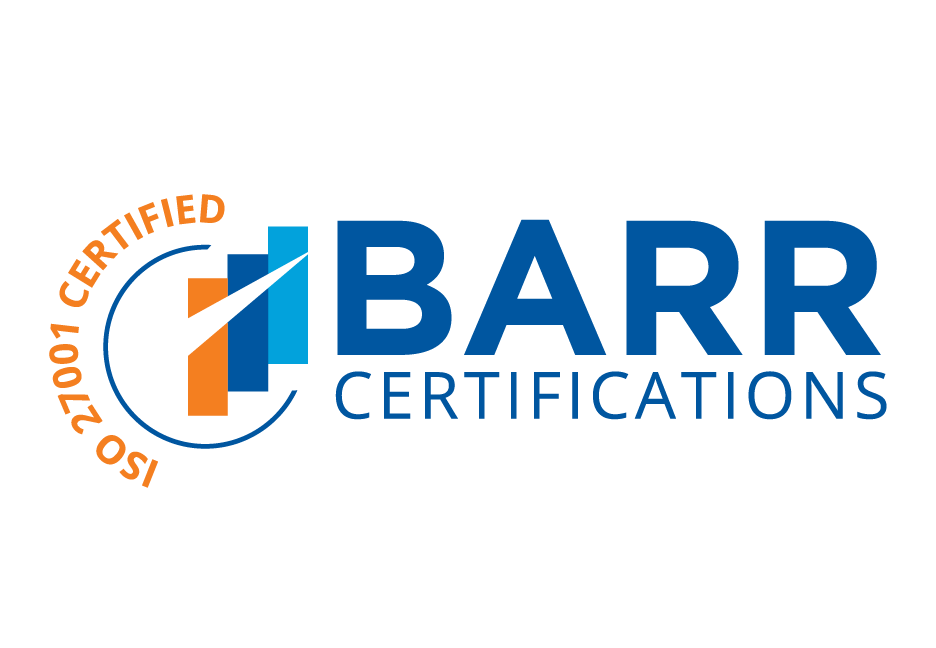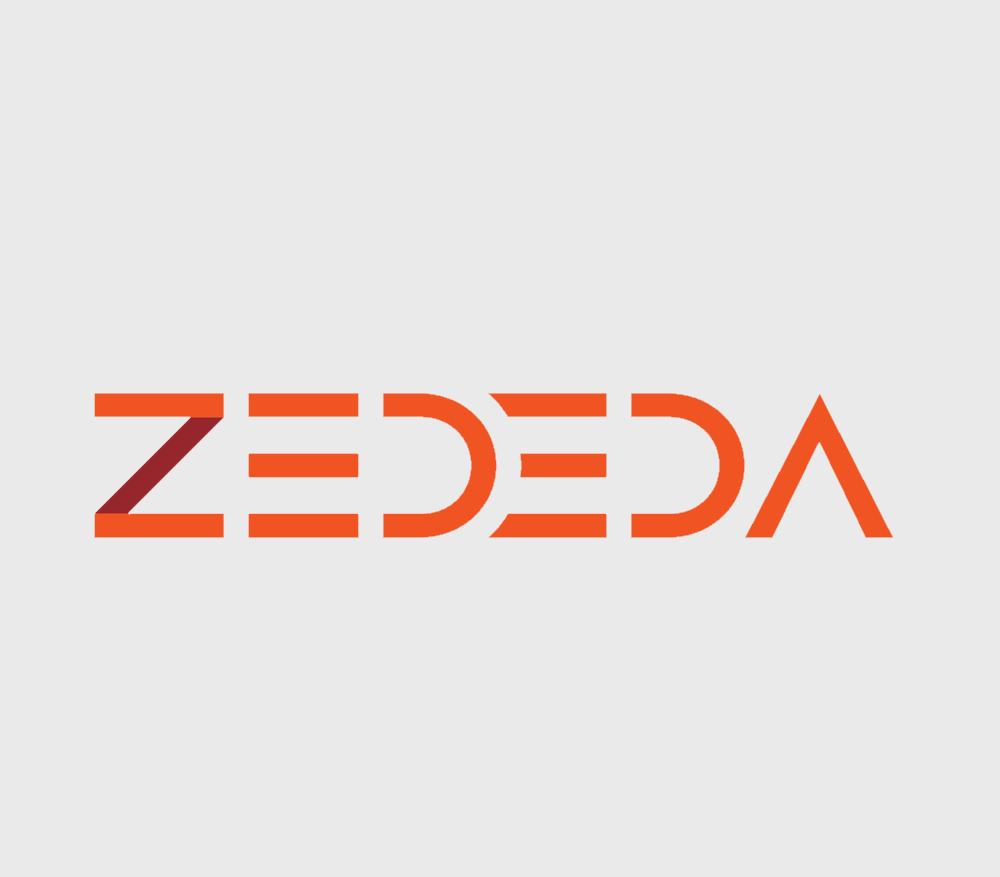
Why an Open, Trusted Edge is Key to Realizing the True Potential of Digital Transformation
As a reminder, to hear more on this topic make sure to register and tune in today, July 28 for Stacey Higginbotham’s virtual event Everything is Connected — How to Build Products and Ecosystems for a Connected Age!
Also, registration is now open for our free half-day virtual ecosystem launch event which will have thought leadership panels discussing many of the themes in this blog series, along with on the topics of Edge AI, Security, Digital Twin, business model innovation and beyond. This is in addition to a series of joint solution pitches presented by partners in our growing ecosystem. Presenters include the who’s who of leading technology and services providers, industry analysts and influencers so it promises to be a great event!
Enabling increasingly connected Intranets of Things
Imagine if the overall internet was built as a closed ecosystem, controlled by a small set of organizations, much less one. Of course, there are browsing restrictions placed at a company level and in some countries, but the internet simply wouldn’t have made the same massive impact on society without fundamental openness and interoperability.
All data is created at the edge, whether it be from user-centric or IoT devices. A few years ago, the number of devices on the internet surpassed the global population and the growth for IoT devices is expected to continue at an exponential rate. This will not only unlock new paths to value, but also necessitate an increase in edge computing.
However, as it turns out, the term “Internet of Things” is actually a bit of a misnomer. It’s really about a series of increasingly connected Intranets of Things. Starting with simple examples like the story of Fred and Phil from part one of this series, ecosystems will get increasingly larger and more interconnected as the value to do so exceeds the complexity and risk. So how do we carry this out at scale?
The importance of an open edge
Previously, I’ve outlined the unique challenges that need to be addressed when deploying applications closer to devices in the physical world, outside the confines of a traditional data center. Edge and IoT solutions inherently require a diverse collection of ingredients and expertise to deploy and over the past five years the emerging market has attempted to address this fragmentation with a dizzying landscape of proprietary platforms — each with wildly different methods for data collection, security and management.
That said, having hundreds of closed, siloed platforms and associated ecosystems is definitely not a path to scale. As with the internet itself, it is important to have an open, consistent infrastructure foundation for IoT and edge computing, and from there companies can decide how open or closed they want to build their business ecosystems on top.
The diversity of the IoT edge makes it impractical to develop one catch-all standard to bind everything together. Open source software frameworks are an excellent way to bridge together various ingredients, unifying rather than reinventing standards, accommodating legacy installations, and enabling developers to focus on value creation. LF Edge is an example of a collaborative effort to build an open edge computing foundation in partnership with other open source and standards-oriented initiatives. The key to this being the base for a truly open edge ecosystem is the vendor-neutral governance offered by the Linux Foundation.
In this recent two-part blog on Edge AI I highlighted that the winners in the end will be the ones creating differentiated value through their domain knowledge, building necessarily unique software and hardware and offering great services — not those that are reinventing the middle over and over again. AI models for common tasks such as identifying a person’s demographic, detecting a license plate number or determining if an object is a water bottle or weapon will be commonplace, meanwhile there will always be room to differentiate with AI when specific industry context is in play.
Trust is essential
I’ve written in the past about the “Holy Grail of Digital” being selling or sharing data, resources and services across total strangers, all while maintaining privacy on your terms. This is the ultimate scale factor, but we need to turn to technology for help because it simply isn’t feasible to take people out to dinner fast enough one by one to build the necessary trust relationships.
Consumers are often comfortable pledging allegiance to specific brands and giving up a little privacy as long as they trust the provider and get value. However, in order to build more complex ecosystem relationships that span private and public boundaries at scale we not only need open interoperability but also ensure that no single entity owns the trust.
As such, we also need to collaborate on a technology foundation that automates the establishment of trust as data flows across heterogeneous systems. We’re seeing the industry increasingly step up here, from distributed ledger efforts like IOTA and Hyperledger that provide smart contracts to the Trust Over IP Foundation and the emerging Project Alvarium which aims to build out the concept of data confidence fabrics by layering trust insertion technologies with a system-based approach. Both the ToIP Foundation and Alvarium are focused on facilitating trust in both machine-generated data and across human relationships.
While these efforts don’t replace the need to build business relationships (and take people out to dinner!), they will provide necessary acceleration. Moreover, beyond helping us scale complex ecosystems these tools can also aid in combating the increasing issue with deepfakes and ensuring ethical AI solutions, in addition to accelerating workload consolidation at the edge and dealing with regulatory requirements like GDPR… but these are blog topics for another time!
Tips on building an ecosystem (hint, hint: domain knowledge rules)
When I started building the IoT ecosystem with the team at Dell back in 2015 it was clear that the market was going to go vertical before going horizontal. This is a typical pattern in any new market and proprietary offers often get the initial traction while solutions based on an open foundation always win in the end when it comes to sheer scale (recall the Apple — Android discussion from part one…).
So, our ecosystem strategy starting in 2015 was to go super broad before going deep, partnering widely and enabling the “cream to rise to the top”. I joked with the team back then that we were going to do “Tinder” and then “D-Harmony”. Sure enough, the partners that had the most initial traction were those that were laser-focused on one use case, meanwhile the horizontal “peanut-butter platforms” were stalling. Case in point, if you do a little bit of everything you rarely do one thing really well.
But it was really about these vertically-focused platforms’ domain knowledge that resonated with a specific customer need and desired outcome. They built their technology platforms to get to data but their real value was that domain knowledge. Over time as we get to a more consistent, open foundation for Edge and IoT solutions these providers will either need to pivot to being more like system integrators, or build differentiated software and/or hardware. So, in 2017 we purposely switched from going broad to being more deliberate in partnerships, focusing more on partners that have realized the importance of separating domain knowledge from the underlying technology foundation and helping with matchmaking across the partner landscape.. Enter “D-Harmony”!
In closing
Deploying IoT and edge computing solutions takes a village and it’s important to establish an entourage of partners that have a “go to dance move” rather than working with those that are trying to do too much and as a result not doing anything particularly well. Five years have passed and a lot of providers have felt the pain of trying to own everything and have since realized the importance of having focus and establishing meaningful partnerships. So, now I joke with the team at ZEDEDA as we build up our ecosystem of market-leading pure-play solutions and domain experts that we’re going straight to “Z-Harmony”!
Thanks for reading, make sure to join Stacey’s event today and register for our ecosystem launch event on August 19. In the third and final part of this series dropping tomorrow I’ll provide more insights on how we get to “advanced class” and more on what we’re doing at ZEDEDA to help build the necessarily open foundation to facilitate ecosystem scale. In the meantime, feel free to drop me a line with any comments or questions. @defshepherd




